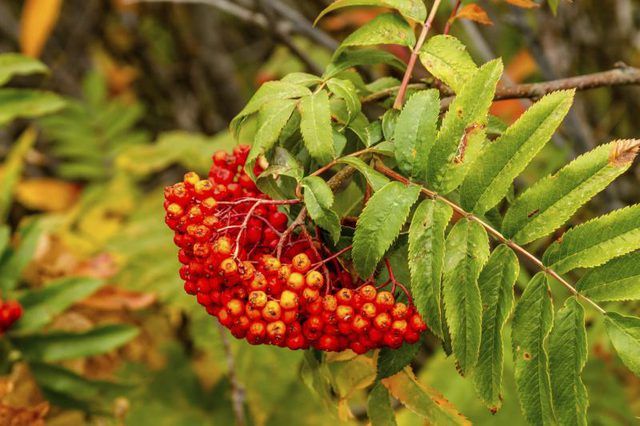Bulbs
Flower Basics
Flower Beds & Specialty Gardens
Flower Garden
Garden Furniture
Garden Gnomes
Garden Seeds
Garden Sheds
Garden Statues
Garden Tools & Supplies
Gardening Basics
Green & Organic
Groundcovers & Vines
Growing Annuals
Growing Basil
Growing Beans
Growing Berries
Growing Blueberries
Growing Cactus
Growing Corn
Growing Cotton
Growing Edibles
Growing Flowers
Growing Garlic
Growing Grapes
Growing Grass
Growing Herbs
Growing Jasmine
Growing Mint
Growing Mushrooms
Orchids
Growing Peanuts
Growing Perennials
Growing Plants
Growing Rosemary
Growing Roses
Growing Strawberries
Growing Sunflowers
Growing Thyme
Growing Tomatoes
Growing Tulips
Growing Vegetables
Herb Basics
Herb Garden
Indoor Growing
Landscaping Basics
Landscaping Patios
Landscaping Plants
Landscaping Shrubs
Landscaping Trees
Landscaping Walks & Pathways
Lawn Basics
Lawn Maintenance
Lawn Mowers
Lawn Ornaments
Lawn Planting
Lawn Tools
Outdoor Growing
Overall Landscape Planning
Pests, Weeds & Problems
Plant Basics
Rock Garden
Rose Garden
Shrubs
Soil
Specialty Gardens
Trees
Vegetable Garden
Yard Maintenance
What Does Poison Sumac Look Like?
What Does Poison Sumac Look Like?. With its fern-like green leaves and slight stature, poison sumac (Toxicodendron vernix) is an innocuous-looking deciduous shrub or small tree that can cause serious skin irritation if touched. A native of North America, poison sumac can be found in the eastern United States in United States Department of...

With its fern-like green leaves and slight stature, poison sumac (Toxicodendron vernix) is an innocuous-looking deciduous shrub or small tree that can cause serious skin irritation if touched. A native of North America, poison sumac can be found in the eastern United States in United States Department of Agriculture plant hardiness zones 3 to 8, where it thrives in wet, swampy conditions. Though poison sumac resembles other species in the Toxicodendron genus, it can be identified with careful observation.
Foliage Facts
Posion sumac produces pairs of seven to 13 leaflets, with a single leaflet at the end of each stem. The long, oval-shaped leaflets have smooth edges and a soft, fine texture. They are 2 to 4 inches long and 1 to 2 inches wide. Stems, petioles and leaf veins are red. Leaflets change colors throughout the year, appearing bright orange in the spring, glossy green in the summer and reddish orange in the fall.
Fruits, Flowers and Features
Poison sumac generally reaches an average height of 5 or 6 feet, though it may grow as tall as 25 feet. The shrub tends to lean to one side. The shrub flowers from May to July, producing clusters of tiny, yellowish-green blooms, which sit on thin stems at the leaf axils, where the leaf petiole and stem meet. Flowers give way to 10- to 12-inch clusters of grayish or white berries. A deciduous plant, poison sumac drops its foliage in the winter, though berries may persist.
Lookout for Lookalikes
Also known as winged sumac, flameleaf sumac (Rhus copallinum) may be mistaken for poison sumac. Flameleaf sumac grows in USDA zones 4 to 9, reaching an average height of 10 feet and producing smooth green leaves that turn bright red in the fall. Flowers are also greenish yellow. Flameleaf sumac, however, has 9 to 23 leaflets and red berries. The U.S. Army Public Health Command notes that harmless sumac species produce red berries, whereas poison sumac berries are white or gray.
Considerations and Concerns
With the exception of the pollen, all parts of poison sumac contain a toxin called urushiol that can cause painful, itchy rashes and blisters. If you touch poison sumac with your bare skin, immediately apply rubbing alcohol to the affected skin and wash the affected area with warm water and soap. Consider removing poison sumac from your property by cutting down the shrub with a handsaw and applying an herbicide containing glyphosate to the stump. Protect yourself with rubber gloves, long sleeves and pants, and use a foam paintbrush to paint a pint of undiluted, 20 percent glyphosate onto the stump. Follow all label instructions exactly. Dispose of all dropped foliage, wash your clothes in hot water and wipe your shoes down with rubbing alcohol.